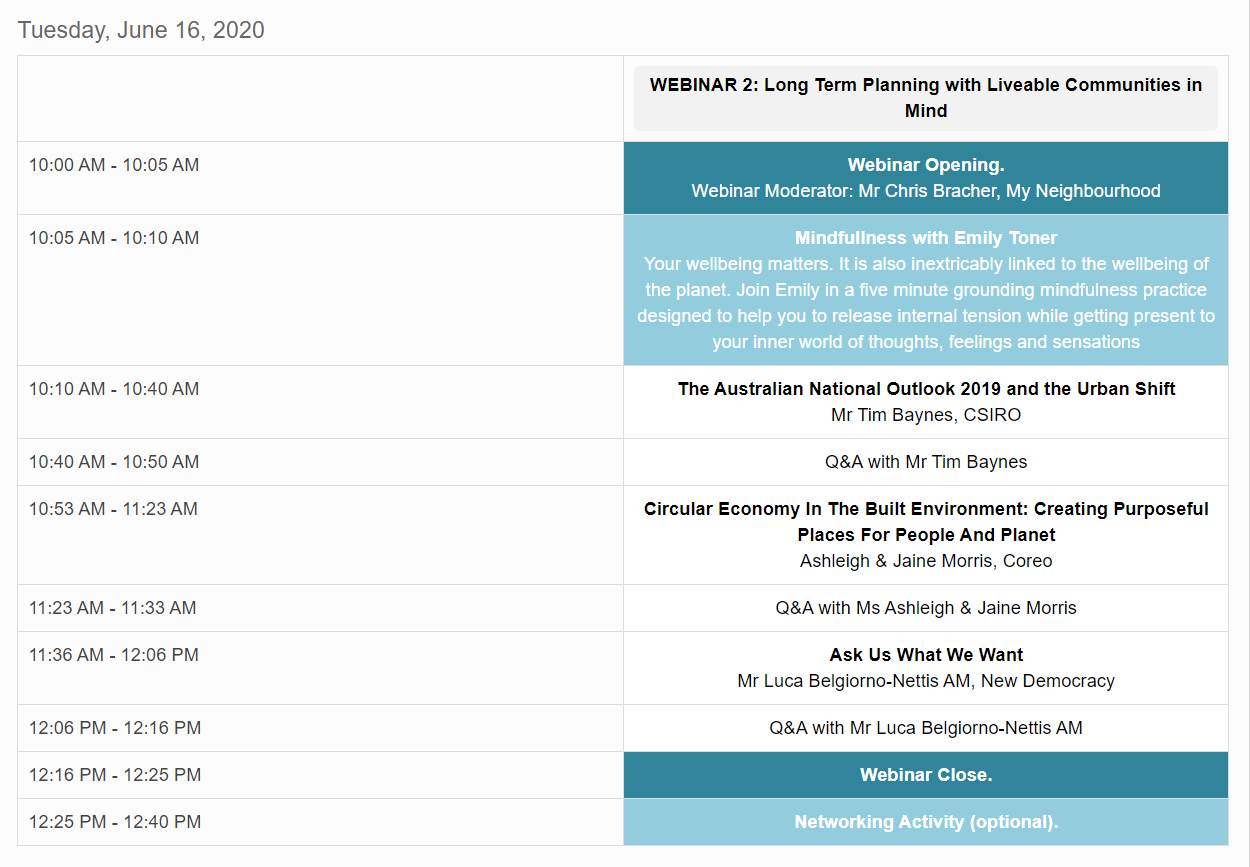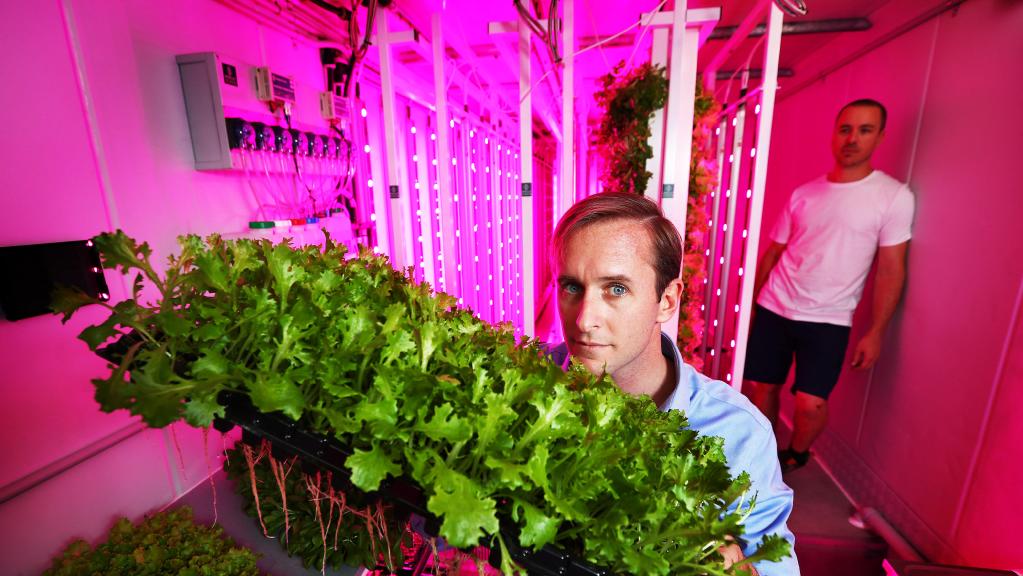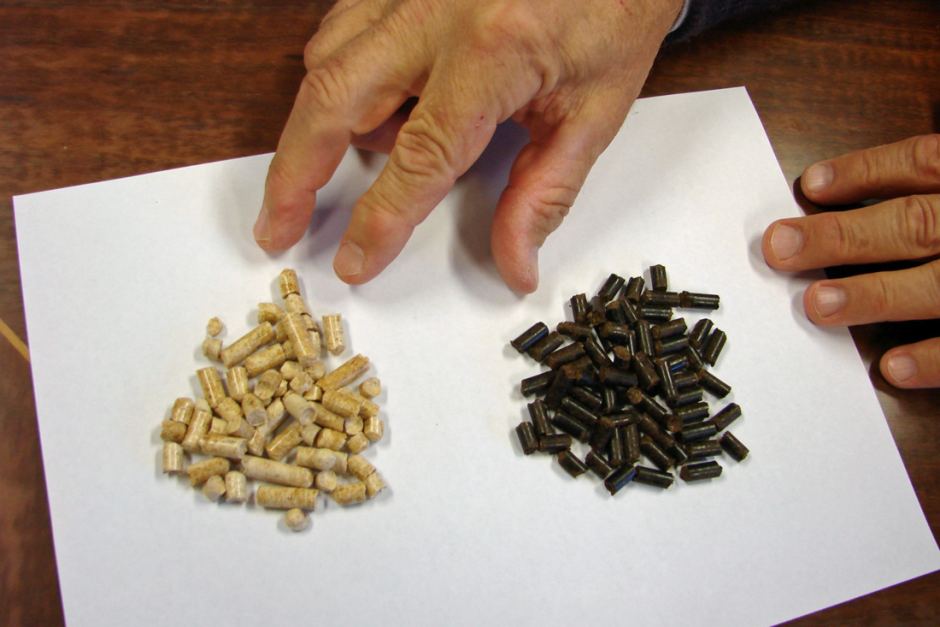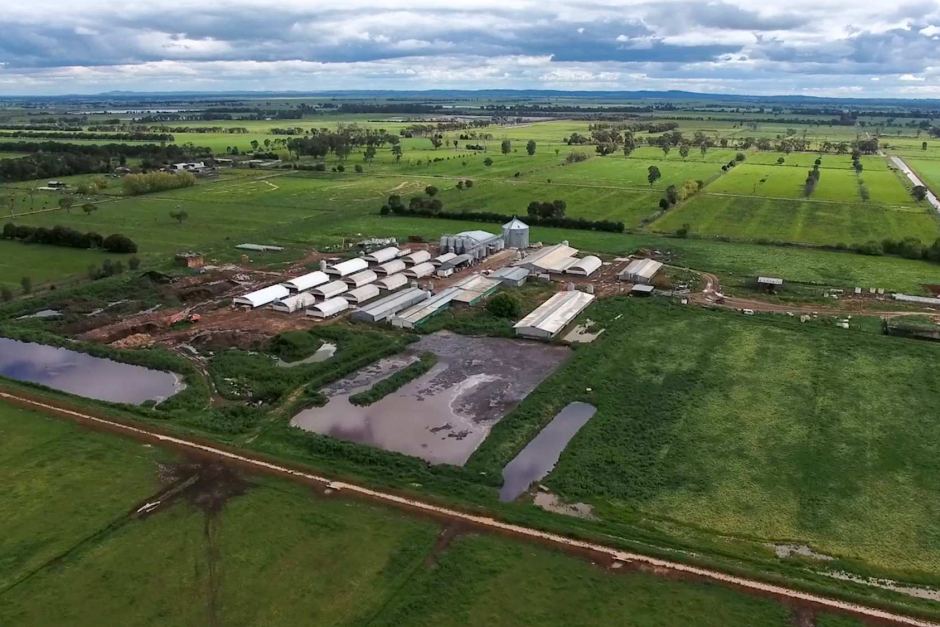
Long-term community planning is vital for our liveable cities to prosper. Organisations involved in their community’s infrastructure must be able to look ahead and construct plans where anticipated. Change is not only considered but prepared for in advance.
We cannot always know what the future holds, as we have recently discovered through unanticipated change and subsequent adaptation. However, the last few months have not deterred Australians from continuing to practice and strive for the future of the sustainable movement.
New bike paths have already been put into future planning, due to increased demand. Transport Secretary Rodd Staples mentioned in an online webinar in May that future development could incorporate a 40 year plan, in as little as three years.
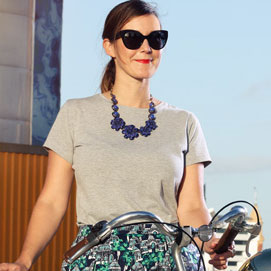
Urban Mobility Manager of the New Zealand Transport Agency; Ms Kathryn King
But Australia is not the only country adopting this new wave of smarter transport development. Urban Mobility Manager of the New Zealand Transport Agency; Ms Kathryn King, manages the Urban Mobility Programme at Waka Kotahi NZ Transport Agency. She is co-author of the Keeping Cities Moving plan and the lead for the Innovating Streets for People Program. Be sure to tune into her presentation in webinar 3 of the Liveable Cities Conference: Webinar Series 2020.
Smarter transportation is just one facet already in motion. Other organisations have their own key plans for a brighter, more sustainable future.
CSIRO’s Australian National Outlook 2019 and the Urban Shift
According to CSIRO’s 2019 Report, the future of Australia will include an outlook vision where communities will have equal access to employment all round, more amenities to improve quality of lifestyles, superior health services and education, plus more affordable and better connected cities if their three proposed levers are put into action.
The CSIRO’s plan is to tackle society’s features within urban design, energy, land use, culture and the industry itself, to reach the outlook vision from their report. By accommodating for Australia’s population increase over the next few decades and incorporating their plan for our liveable cities, the ‘Urban Shift’ will be achieved.

CSIRO’s Senior Research Scientist in Land and water; Mr Tim Baynes
CSIRO’s Senior Research Scientist in land and water; Mr Tim Baynes is one of our keynote speakers in webinar 2 of our Liveable Cities Conference: Webinar Series 2020 taking place online on Tuesday 16th June from 10:00am – 12:30pm. Tim’s talk will review the approach and outputs of ANO 2019 and, in particular, elements of the ‘Urban Shift’ scenario within that vision.
Coreo’s Circular Economy in the Built Environment: Creating Purposeful Places for People and Planet
In 2017, Coreo was founded and created Australia’s first circular economy pilot project. The company’s mission is to catalyst the global transition to a circular economy.
Since their launch, the company has begun several successful projects including:
- Circular Economy Master Planned Community Strategy
- The Southern Hemisphere’s Most Circular Airport
- Economic Analysis & Sectoral Assessment for Queensland
- Community Resilience Project
- Circular Economy Innovation Precinct
- Creating Circular Supply Chains
- Regional Economic Development Transition to Action
- The First Step for Retail
- Co-Create & Incubate
- The Circular Experiment Goes to Rotorua
You can download the Circular Economy Overview for the Yarrabilba Community, QLD – 2019 to gain further insight to the wonderful work Coreo is doing.
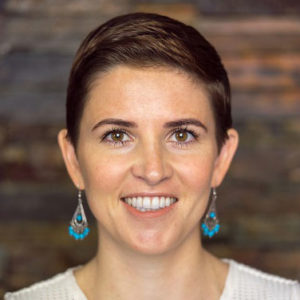

Chief Executive Officer; Ms Ashleigh Morris left, & Chief Operating Officer; Ms Jaine Morris right
Chief Executive Officer; Ms Ashleigh Morris and Chief Operating Officer; Ms Jaine Morris are two more keynote speakers involved in webinar 2 of the Liveable Cities Conference: Webinar Series 2020 and will be sharing their insight on what the circular economy is and how it is creating purposeful places for people and planet, through providing examples of their work in the built environment with Lendlease, Mirvac, the Queensland Investment Corporation, Brisbane City Council and others.
Ask Us What We Want
Democracy is also a vital key in unlocking economic, social, and environmental opportunities when it comes to a sustainable future in our liveable cities. People’s opinions within a community matter and just one voice can send a powerful message.

Founder of newDemocracy Foundation, Managing Director of Transfield Holdings, & Prisma Investment; Mr Luca Belgiorno-Nettis AM
Managing Director of Transfield Holdings, and Prisma Investment; Mr Luca Belgiorno-Nettis AM is the founder of newDemocracy Foundation. Established in 2004, this non-for-profit research organisation’s sole focus was on political reform. Its research and development notes contributed to the academic enhancement of democracy through their learnings, reflections and discoveries and fostered a culture of persistent innovation and research.
Luca will be the final speaker in webinar 2 on Tuesday and will take us through a presentation that will enlighten viewers with the importance of democracy existing within our communities and how a person’s voice can have an important impact. For a prelude to Luca’s presentation, CLICK HERE
Luca says, “I’m often pleasantly surprised by how differently an issue can be viewed, and how creatively and intelligently a problem can be resolved by giving people the time and resources to answer questions that affect them.” Read Luca’s article on democracy recently published in The Mandarin.
Webinar 2 of the Liveable Cities Conference: Webinar Series 2020 is set to hit the bar. Be sure to register for the event.
Program Details
